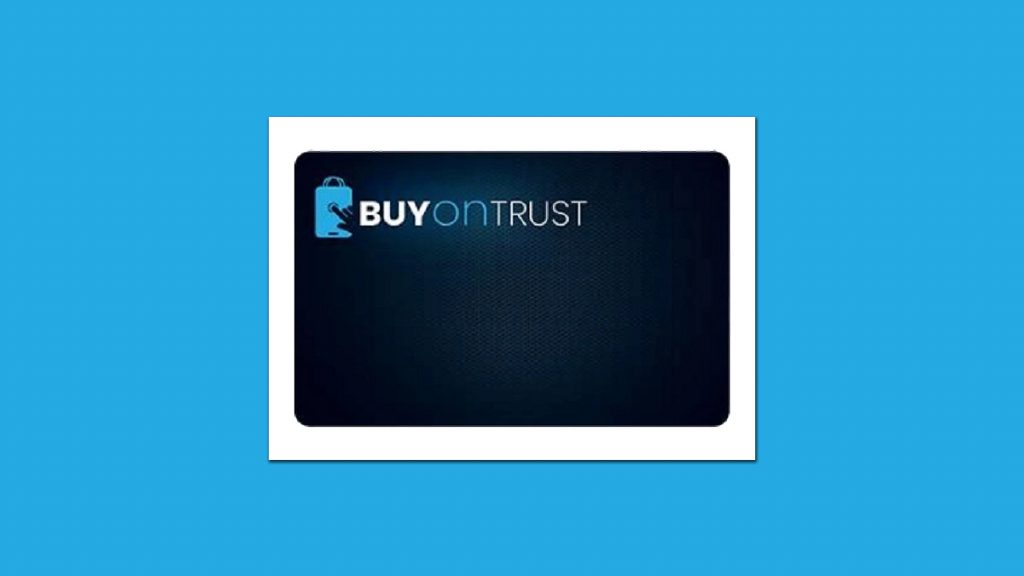Personal Finance (US)
Financial Planning is easy: six steps for beginners
Many people fail at controling their finances. Fortunately, putting together a financial planning is easier with our help.
Learn how financial planning is an easy process with six steps

Did you know that personal financial planning is a critical tool for achieving your objectives? That is why, in this article, we will show you how to put together a solid strategy to help you achieve your goals. Believe us when we say that it is feasible!
For instance, many entrepreneurs start a firm without knowing their target audience, suppliers, competitors, as well as fixed and variable costs. Thus, they end up closing the doors due to a lack of strategy, control, and, of course, planning.
On the other hand, when it comes to personal affairs, many people prefer to make judgments based on their emotions. Thus, they end up ignoring financial planning.
However, business owners or not, financial planning is essential. After all, it allows you to get closer to your goals, from the simplest to the most ambitious. So, the first thing you need is to learn how to establish a plan and dedicate yourself to this.

How to start budgeting: 5 simple steps!
Learning how to start budgeting doesn't need to be any harder than earning your money! Check out five simple steps to be on the right path.
Is it possible to do your own financial planning?
As we have already mentioned, personal financial planning is necessary for those who wish to arrange themselves to attain their goals and objectives. But can an individual do it independently? Well, the short answer is yes, it is indeed possible. However, there is a longer answer as well.
Financial planning is possible to be done by yourself. However, you do need to consider a few factors. And these factors concern your habits, as well as personality traits. For example, you will need to take into consideration whether you find it easy to save money, pay your bills on time, etc.
This means that it all starts with keeping track of how you behave when it comes to your own money. For instance, let us ask you something. Do you know everything that happens within your salary cycle? In other words, from the moment you get paid, and until the end of the month, do you know whats happens to all of your money?
That being said, it is critical to record your income and expenses in a method that allows you to go back and examine which of your expenses are the most significant, as well as detect potential waste. Financial planning should be a continuous activity that includes identifying and balancing the money that comes in and goes out.
First things first, it is critical to comprehend why you should devote yourself to this undertaking. So, this guide will walk you through all of the necessary stages.
Good financial planning involves personal discipline and accountability from each of us. Also, it should be evaluated on a regular basis to verify that what is done is in accordance with the plan.
You will be redirected to another website
By submitting this form, I agree that I am 18+ years old and I agree to the Privacy Policy and Terms and Conditions. I also provide my signature giving express consent to receive marketing communications via automated emails, SMS or MMS text messages and other forms of communication regarding financial products such as credit card and loans. Message frequency varies and represents our good faith effort to reach you regarding your inquiry. Message and data rates may apply. Text HELP for help or text STOP to cancel. I understand that my consent to receive communications is not a condition of purchase and I may revoke my consent at any time.
Financial planning is a process: check out six steps!

1. Keep an eye on your money
If you do not know how much money you make and how much money you spend, then go after this information. Afterward, you must record everything you earn and spend on the end of a pencil, or using a spreadsheet. If you take too long to make these records, you risk making errors in the quantities or forgetting anything vital.
With this control, you can receive a more thorough picture of your finances and reorganize your budget. For example, if you discover that you overspend on restaurants, try to cook more at home. Finally, the most important thing to remember is that you must be willing to make some concessions.
2. Make a spreadsheet for your planning
A financial planning spreadsheet is highly advised for keeping an organized record of your expenses. In addition, you should ideally have two separate plannings: one personal and the other for credit card spending.
You can create your own personal financial planning spreadsheets in a notebook, electronic software, or mobile app. Firstly, you will have to decide on the best media. Examples are Excel, from Microsoft Office, and Google Sheet, from Google Drive.
For tracking personal expenses, decide on the periodicity. Would you like to have a detailed weekly follow-up or a more extensive monthly analysis? After that, use the first column to record your spending categories, such as rent, electricity, supermarket, fuel, leisure, and health insurance.
Also, do the practice of mapping all your spending now that you have this structure in place. Consult your bank statement and credit card bills to do so. You may now compare your expenses to your family’s income. As well as use it to set spending objectives.
For tracking credit card expenses, you will require extra space to categorize the debts and their amounts in this situation. You can accomplish this by adding new columns for each time period or creating a separate tab in the spreadsheet for each one.
Next, create a header in the spreadsheet to identify information such as the purchase date, establishment, product, quantity, category or kind of spending, installment, etc. As a result, you will not be surprised at the end of the month, and you will be able to better manage your expenses because you will have a better idea of the proportion of your obligations.
Finally, keep in mind that the simpler the process, the better!
3. Examine the implementation of your planning
Financial planning is always done in companies, and at the end of each phase, a comparison is made between what was planned and what was really spent. Likewise, you should also do this at home to assess your finances.
After all, if you ignore the spending limits for each category and always spend more than you should, then step number two is pointless.
Moreover, when you evaluate how your personal financial planning worksheet appears in practice, you can see if you are properly allocating your income based on your actual spending. For example, if you cut back on unnecessary purchases, you can combine the savings with money set aside to purchase more useful items.
4. Set personal financial objectives
Making dreams come true is undoubtedly a part of everyone’s life. However, in order to attain your goals without jeopardizing your budget, you must first differentiate your objectives, creating a list of short, medium, and long-term financial goals.
So, determine how soon you want to attain each of them, and then focus your planning efforts on achieving your goals. If you wish to buy a vehicle through a purchasing consortium, for example, you can budget for it by setting aside a particular amount each month. You cannot, however, take on multiple significant loans at once.
5. Value your personal financial education
Financial education entails far more than simply discussing money or feeding spreadsheets. The term financial education smell like freedom.
People begin to value management and deliberate choices after fully experiencing the concepts of financial education, understanding that achieving one’s goals is faster (and less expensive) when done with planning. Learning to value resources and build more with less is a part of financial education.
6. Save your money regularly
Last but not least, financial planning opens the path to accumulating achieved dreams. For this reason, saving on a regular basis is crucial. After all, the best financial planning is the one that is always examined and improved. Always save and invest. Because these actions will help you reach financial freedom faster.
Set out a time during the year to examine your planning to see how things are progressing. Even if everything appears to be going swimmingly, invest and save because this is when we are most likely to go off the rails.
Finally, a seventh step is the following: continue reading Mister Finance for more!

The best way to learn how to invest your money
Discover here some tips about the best way to learn how to invest your money. If you are a beginner, this is a guide to help you out.
About the author / Thais Daou
Reviewed by / Aline Barbosa
Senior Editor
Trending Topics

Ameritrade vs Interactive Brokers: Which is the best to invest in?
Are you looking for a great trading platform? If so, keep reading our post to know which one is best: Ameritrade or Interactive Brokers?
Keep Reading
How to join E*TRADE Investing account?
Learn how to open an E*TRADE Investing account with a simple online application. That way, you can start trading and investing today!
Keep Reading
Will a secured card raise my score?
If you need to increase your score, a secured card can help you out! So, read on to know how a secured card can raise your score!
Keep ReadingYou may also like

Learn to apply easily for the Avant Personal Loan
The guide will tell you how to apply for an Avant Personal Loan. If you have bad credit, don't worry! You can still get approved. Read on to learn more!
Keep Reading
How many mortgages can you have? Real estate investing 101
Learning the ins and outs of real estate investing can be complicated. Get answers in this comprehensive guide.
Keep Reading
How to apply and get verified on the Buy On Trust Lending easily
Don't let your limited credit history stand in the way of getting the products you want. Apply for a Buy On Trust Lending account and get your hands on big-ticket items from major brand names!
Keep Reading